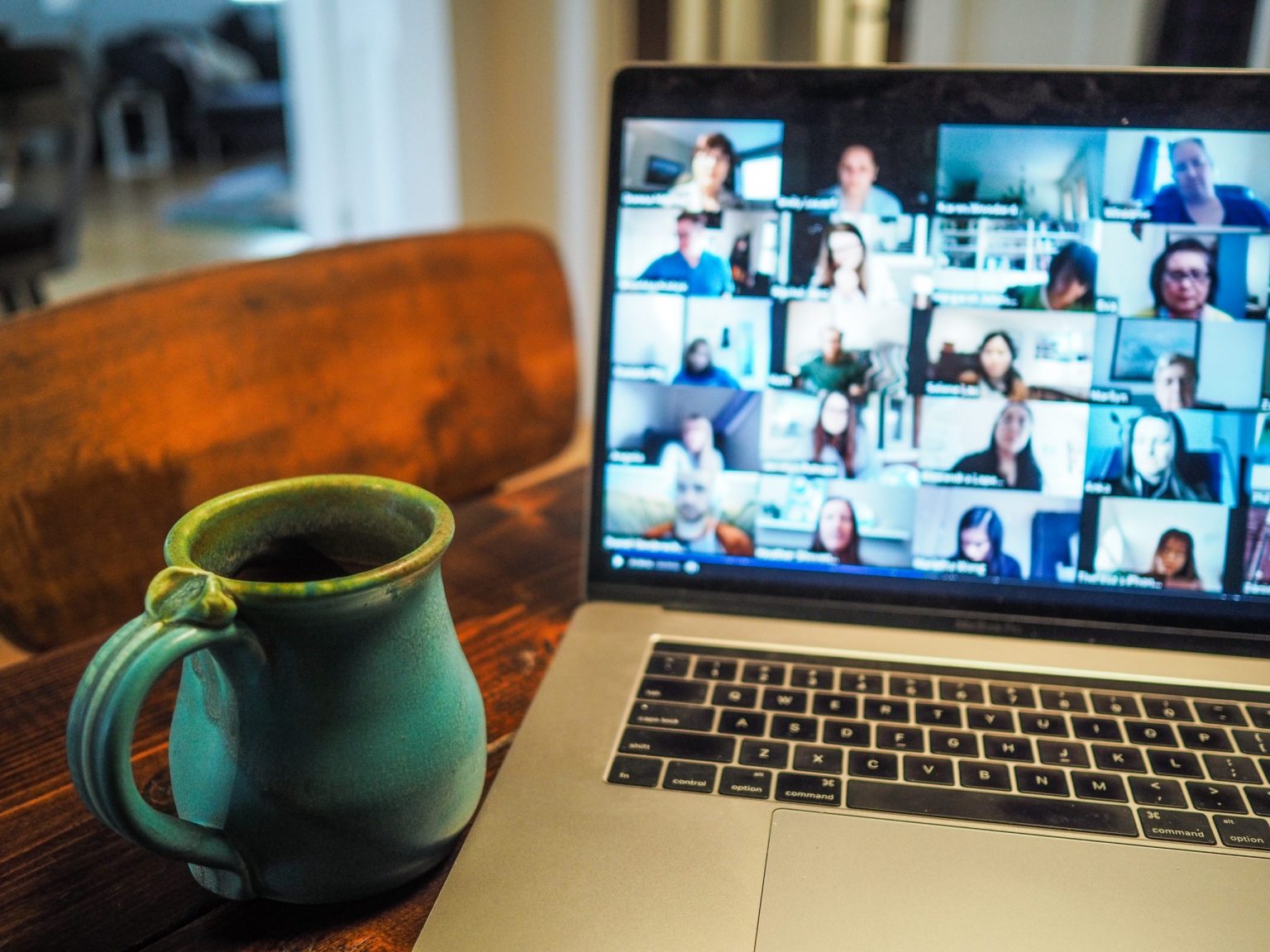• Academic report offers solutions to tensions likely to emerge after the Covid-19 crisis
An academic review* of the likely shape of the post-Covid workplace finds three-quarters of organisations are in favour of a future in which virtual work becomes commonplace. Yet tensions may arise between business leaders and employees due to new demands for moderate or greater flexibility to work from home.
The assessment is based on executive research presented by Headspring, the executive development joint venture of the Financial Times and IE Business School. Sergey Gorbatov, Professor of HR & Organisational Development at IE Business School, and Angela Lane, researcher, author and senior executive in talent management, surveyed 482 companies in Europe, the USA and Australia during the spring 2020 phases of the Covid-19 crisis.
“Before the context of Covid-19, employees were already interested in the idea of remote working and most companies have experience with it,” say the report’s authors. “Our survey confirms that the pandemic has raised awareness of the benefits of working from home, despite having been introduced under difficult circumstances.
“Having experienced virtual work, and for an extended period, our research respondents—
who are senior executives and middle managers in a broad range and size of businesses—believe that employee sentiment will slant in favour of wanting to work remotely. What is driving the change? The experience has increased employees’ recognition of the value of homeworking and, specifically, the impact on work-life balance.”
Tensions appear
But in some organisations, pressures are likely to arise as employee demand for moderate or greater flexibility to work from home goes unheeded. There may be legitimate reasons to bring everyone back to the office: not every company competes on work-life balance. Lower performing employees do better when they are in proximity with the high performers. And for teams that do not have strong processes in place, being further away does mean lower productivity.
The authors make three recommendations on how a world—in which virtual working becomes much more common—can be successfully implemented.
“Firstly, enabling this will involve figuring out the practicalities. In the first instance, this may mean incurring some up-front costs—a difficult decision if part of the rationale was cost reduction. However, investing properly upfront in making virtual work productive will be key.”
Secondly, it will be important to ensure that the organisation stays aligned, especially if the planned shift is going to happen at scale. The shift must not result in a loss of focus. This will mean setting high expectations for leaders to have clear goals for team members, provide regular feedback, and stay connected. Clear policies and expectations for performance must be set.
“Finally,” say the authors, “Your flexibility has the potential to be a source of competitive advantage in acquiring talent. If you are going all-in, then you would be crazy not to leverage your willingness to offer virtual work as a strategy to attract talent. Formalise virtual work as part of your employee value proposition, in the biggest sense. Promote virtual work as more than just flexibility. Use it, for example, to signal that you have a culture that cares about outcomes (not just face time) and embraces change and operates on trust. Nice!”
Leader advice
The report recommends leveraging the aftertaste of the pandemic shock, and the experience of virtual work, to reinforce agility, learning and togetherness. Even negative career shocks may have positive consequences.
“Use every opportunity to reinforce your employees’ new skills by having them reflect on what they have learned, their development objectives, or professional trajectories. Having learned how to connect better, encourage them to foster new connections.”
• Have employees from different parts of an organisation assigned to the same project, with greater confidence than ever before.
• Intentionally bring employees together to work on temporary projects.
• Create what a joint MIT Sloan Management Review-Deloitte study from 2009 called ‘opportunity marketplaces’ that match business needs with individual interests where it matters most. Such efforts greatly increase the chance to develop informal ties that persist and aid performance.
• What has been learned about new virtual connection doesn’t have to mean more projects. Employees can opt in to virtually meet a colleague at random, just as they might at the coffee machine in the kitchen corner of a physical office building.
“Whether the new normal will apply to a few or to most, it will only benefit from the organisation having clear expectations—on performance, on availability, on agility to change the arrangements if business requirements necessitate.”
* The New Face of the Workplace: Perspectives on scenarios likely to emerge after the crisis.
By Angela Lane and Sergey Gorbatov. Published by Headspring. Available free of charge from https://www.headspringexecutive.com/research/new-face-workplace.

